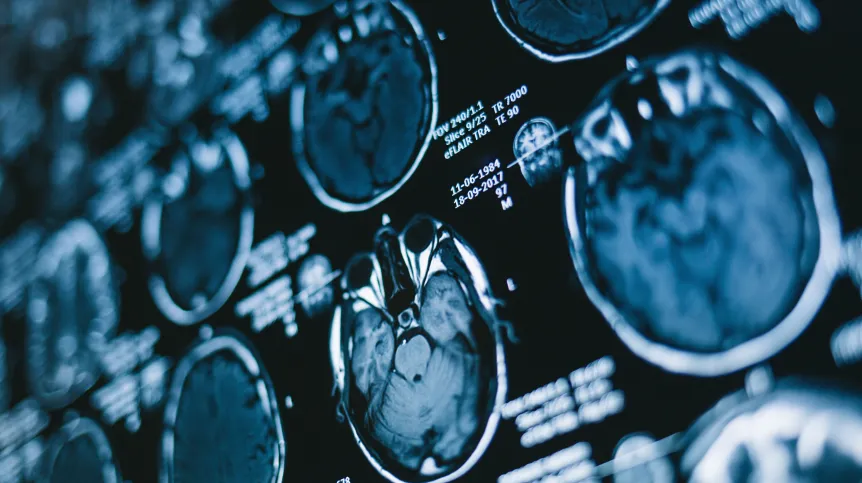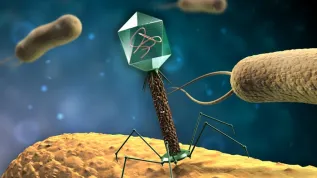
Exposure to nitrogen dioxide during pregnancy and early childhood may harm the brain’s white matter - the network responsible for communication between regions of the brain - according to new research from psychologists at the Jagiellonian University.
White matter plays a crucial role in learning and cognitive processes. The findings add to growing evidence that air pollution affects not only the cardiovascular and respiratory systems but also the developing brain.
“Although links have been shown between exposure to air pollution and changes in children’s cognitive functions, evidence regarding its effects on the central nervous system remains inconsistent. Different studies and research methods have pointed to various cortical and subcortical regions potentially affected by smog,” said Paulina Lewandowska from the Institute of Psychology at the Jagiellonian University.
An international research team led by Lewandowska and Professor Marcin Szwed used diffusion magnetic resonance imaging (dMRI) to study white matter microstructure in children. The method tracks the movement of water molecules in tissue and can reveal the density and organization of nerve fibers.
The study, published in Human Brain Mapping (doi.org/10.1002/hbm.70306), involved 425 children aged 10–13, including 116 diagnosed with ADHD. All participants were part of the NeuroSmog project, which covers 18 towns in southern Poland. Researchers assessed air pollution exposure during the second and third trimesters of pregnancy and the first four years of life, using residential data provided by parents.
“Our results suggest that early exposure to nitrogen dioxide can have a detectable and negative impact on the microstructure of white matter, which plays a key role in communication between different brain regions and between the brain and the rest of the body,” Lewandowska said.
The study found that exposure to nitrogen dioxide during the first four years of life was linked to reduced white matter integrity, potentially indicating delayed maturation or inflammatory processes in brain tissue. These changes could impair brain connectivity and slow neural communication.
“We did not find any interaction between ADHD and our brain function measures. This suggests that while exposure to air pollution may increase the risk of developing ADHD, it does not cause more severe effects in children with ADHD compared to typically developing children,” Lewandowska noted.
The researchers did not observe significant effects from particulate matter exposure on white matter. According to the authors, this may reflect the specific composition of air pollutants in Poland, which tend to affect the lungs and cardiovascular system more directly. “In terms of brain development, the mechanisms of action of these pollutants may be more complex and not necessarily detectable with analyses focused on global measures,” the researchers wrote.
PAP - Science in Poland, Ewelina Krajczyńska-Wujec (PAP)
ekr/ zan/
tr. RL













